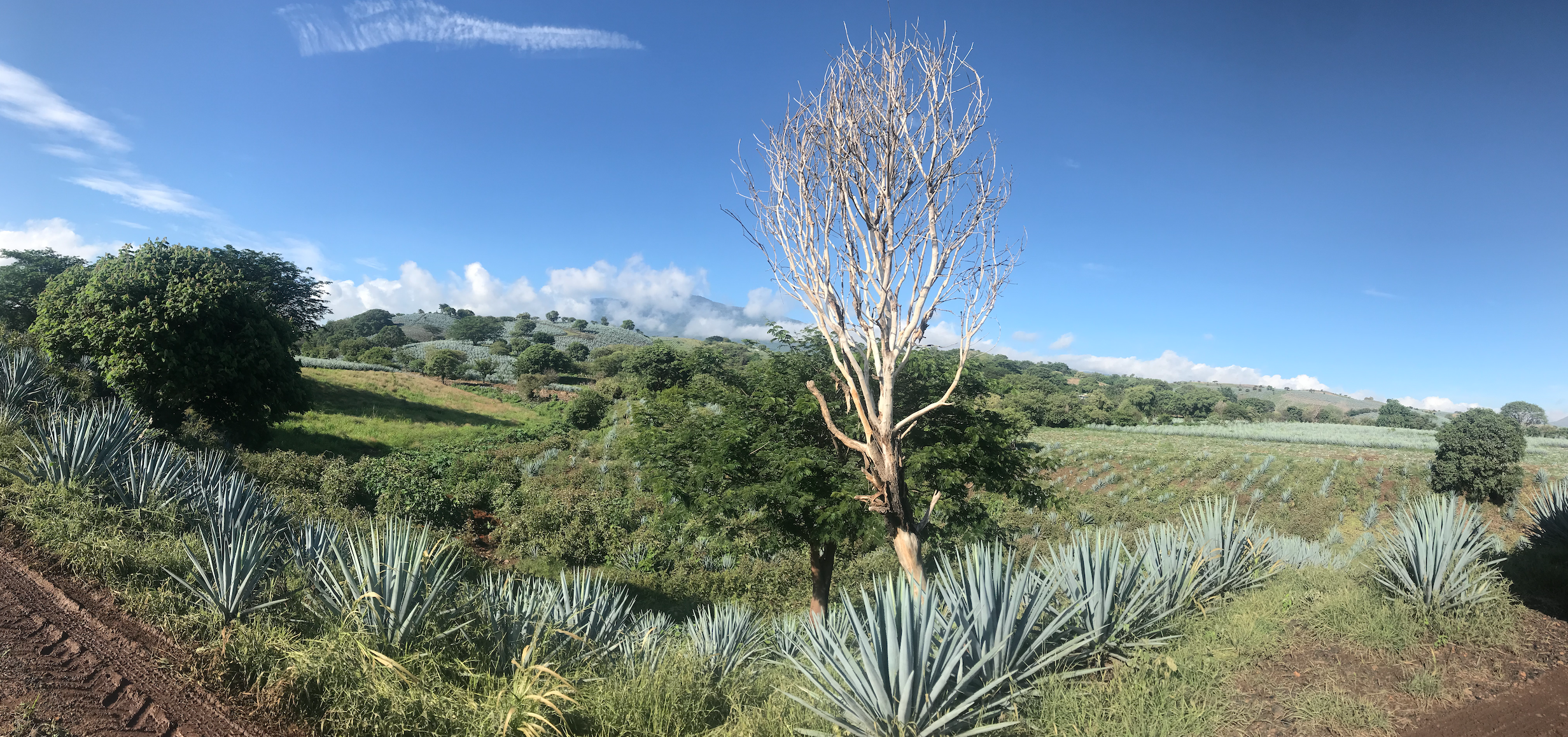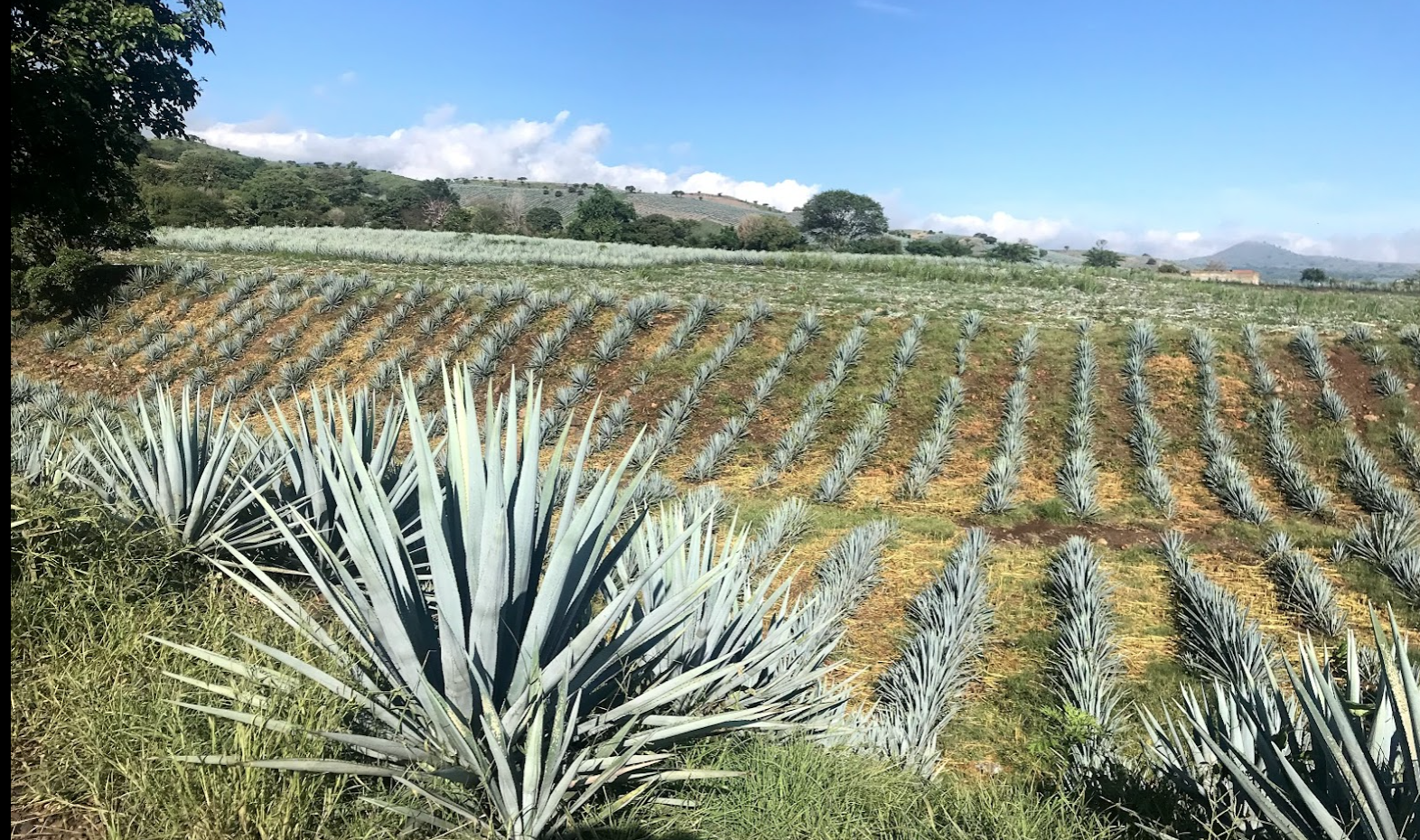
Discover the Region
Declared a UNESCO World Heritage site in 2006 due to its historical and cultural significance, the region of Tequila is well suited for growing blue agave with its rich red volcanic soil, high altitude (3,800 ft. at the valley floor and over 6,000 ft. on the highlands), and active micro-climates. Each year more than 300 million agave plants are harvested from the region.
The Tequila Regulatory Council of Mexico designates that Tequila can only be made from Weber Blue agave plants grown in one of five approved Mexican states: Jalisco, Guanajuato, Michoacan, Nayarit, and Tamaulipas. 98% of Tequila is produced in the state of Jalisco. The immediate area surrounding the town of Tequila houses the highest concentration of distilleries making it the main destination for tourists.
The Mexican government has imposed strict regulations to control what can be called Tequila and how it is made. Those that comply with these regulations are authenticated by the Tequila Regulatory Council (CRT) and carry a NOM number (Norma Oficial Mexicana) on each bottle’s label identifying the distillery.
Valley (Los Valles) vs. Highlands (Los Altos): What’s the difference?
Tequila acquires much of its character from the terroir (soil). Dark red soil rich in iron content is the predominant terroir in the highlands region.
Agave grown in the Highlands tend to be larger due to cooler average temperatures from the higher altitude and is generally considered to contain a higher level of sweetness, while agave plants from the Valley’s rich volcanic soil tend to have earthier qualities. It’s important to note that blind taste tests have shown these differences are subtle at best.
If you are interested in visiting the region, join one of our experiences.





